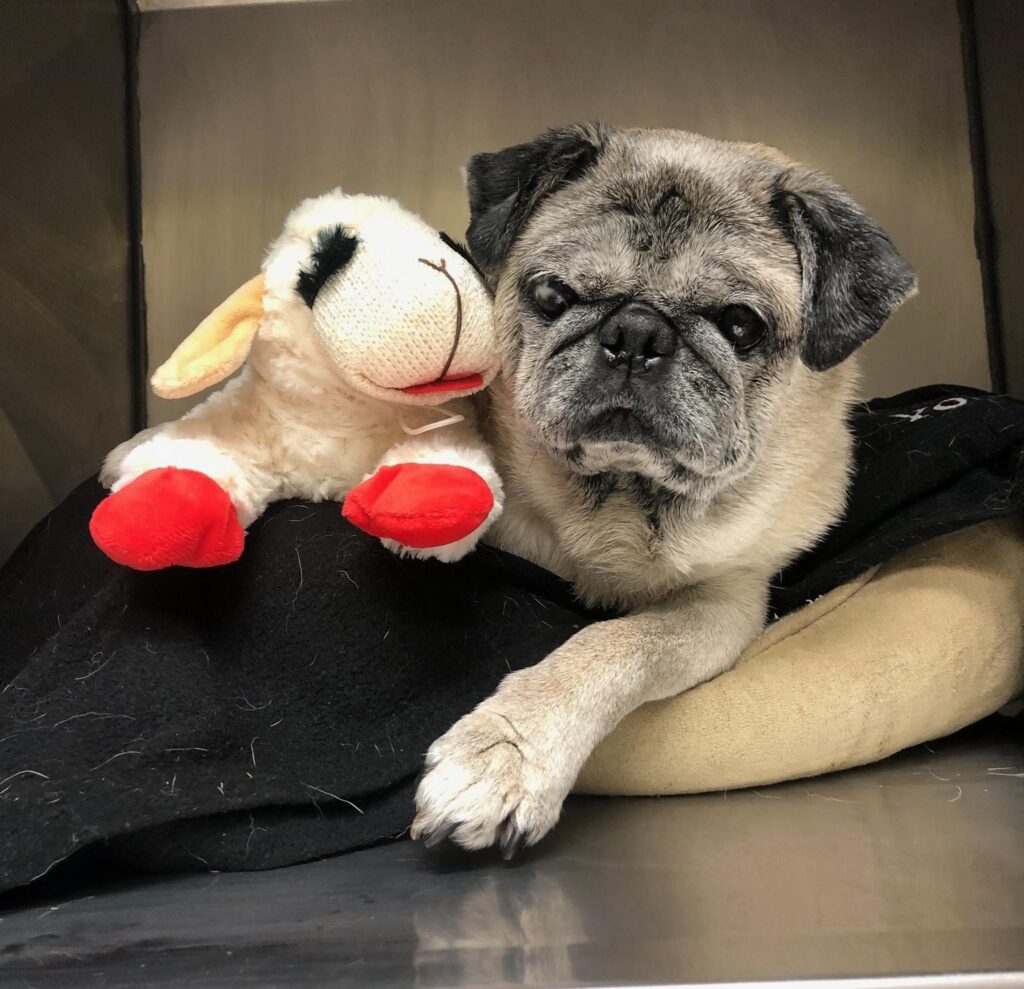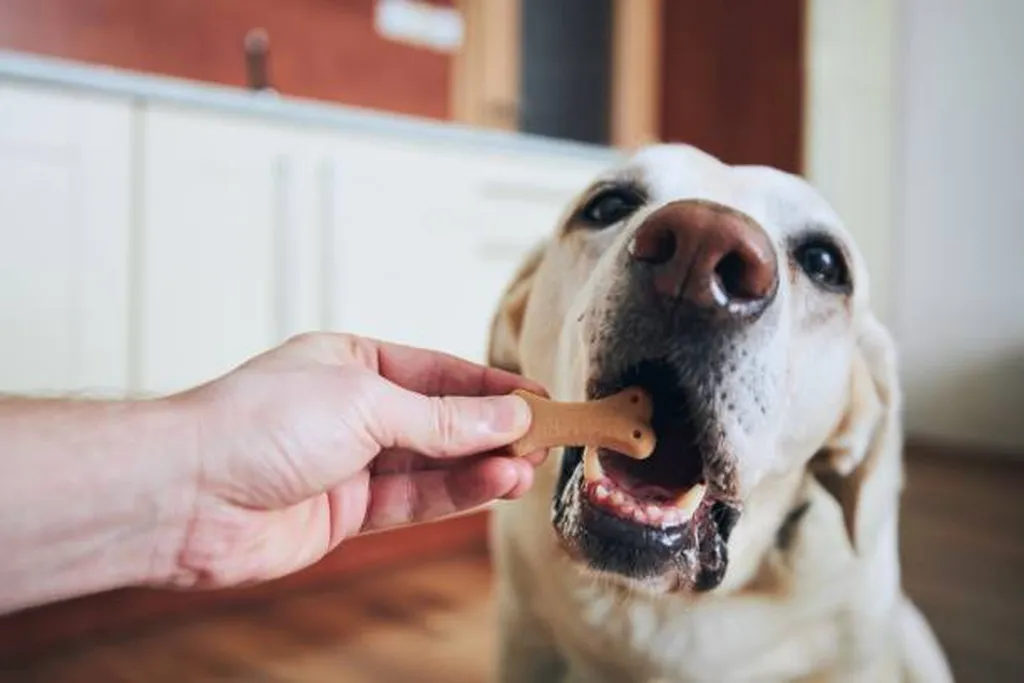With summer right around the corner, heat stroke in pets is a real concern. Considering that, we would like to help you prevent some of the dangers that can occur when your pet is exposed to high temperatures for too long.
Heat stroke can occur if a pet’s body temperature exceeds 103°F. Body temperatures above 106°F without previous signs of illness are most commonly associated with exposure to excessive external or environmental heat.
The critical temperature where multiple organ failure and impending death occurs is 109°F. It is important to remember that dogs cannot control their body temperature by sweating as humans do, since they only have a relatively small number of sweat glands located in their footpads. Their primary way of regulating body heat is through panting.
Common Causes of Heat Stroke in Pets
- Leaving a dog in a car with inadequate ventilation is the most common cause! The dog’s body temperature in this situation can elevate very rapidly, often within minutes.
- Being left in a yard without access to adequate shade or water on a hot day.
- Being exposed to a hair dryer for an extended period of time.
- Excessive exercise during hot temperatures. Excessively exercised dogs are sometimes at risk even if the environmental temperature and humidity does not appear hot. This is particularly true if they are kept in a poorly ventilated environment or doghouse.
Dogs with a restricted airway (flat faced dogs such as pugs, boxers and bulldogs) are at greater risk. In these breeds, signs of heat stroke can occur when the outside temperature and humidity are only moderately elevated.
Signs of Heat Stroke in Pets
- Rapid panting
- Bright red tongue
- Red or pale gums
- Thick, sticky saliva
- Depression
- Weakness
- Dizziness
- Vomiting (blood in some occasions)
- Diarrhea
- Shock
- Coma
What is the Treatment for Heat Stroke?
Heat stroke in pets is an immediate medical emergency and controlled reduction of body temperature is the top priority.
Tepid water may be poured over the head, stomach, underarms and feet, or cool cloths may be applied to these areas. Ice can lower the body temperature too quickly and should not be used. Cooling too quickly and especially allowing his body temperature to become too low can cause other life-threatening medical conditions. However ice may be placed around the mouth and anus. Rubbing alcohol may be applied to the footpads to dilate pores and increase perspiration.
The rectal temperature should be checked every 5 minutes. Once the body temperature is 103ºF, the cooling measures should be stopped and the dog should be dried thoroughly and covered so he does not continue to lose heat. Even if the dog appears to be recovering, take him to your veterinarian as soon as possible. He should still be examined since he may be dehydrated or have other complications.
Your veterinarian will lower your dog’s body temperature to a safe range (if you have not already) and continue to monitor their temperature. Your dog will be given fluids, and possibly oxygen. He will be monitored for shock, respiratory distress, kidney failure, heart abnormalities, and other complications, and treated accordingly. Blood samples may be taken before and during the treatment. The clotting time of the blood will be monitored, since clotting problems are a common complication.
Heat Stroke Prevention
Any pet that cannot cool himself off is at risk for heatstroke. Following the below guidelines can help prevent serious problems:
- Do not leave your pet in a parked car even if you’re in the shade or will only be gone a short time. The temperature inside a parked car can quickly reach up to 140 degrees.
- Keep pets with predisposing conditions like heart disease, obesity, older age, or breathing problems cool and in the shade. Even normal activity for these pets can be harmful.
- Provide access to water at all times.
- Make sure outside dogs have access to shade.
- On a hot day, restrict exercise and don’t take your dog jogging with you. Too much exercise when the weather is very hot can be dangerous.
- Do not muzzle your dog.
- Avoid places like the beach and especially concrete or asphalt areas where heat is reflected and there is no access to shade.
- Wetting down your dog with cool water or allowing him to swim can help maintain a normal body temperature.
- Move your dog to a cool area of the house. Air conditioning is one of the best ways to keep a dog cool, but is not always dependable.
Oak Forest Veterinary Clinic is always here to help and advise on situations regarding possible heat stroke. We would like to wish you and your pets a safe summer!


